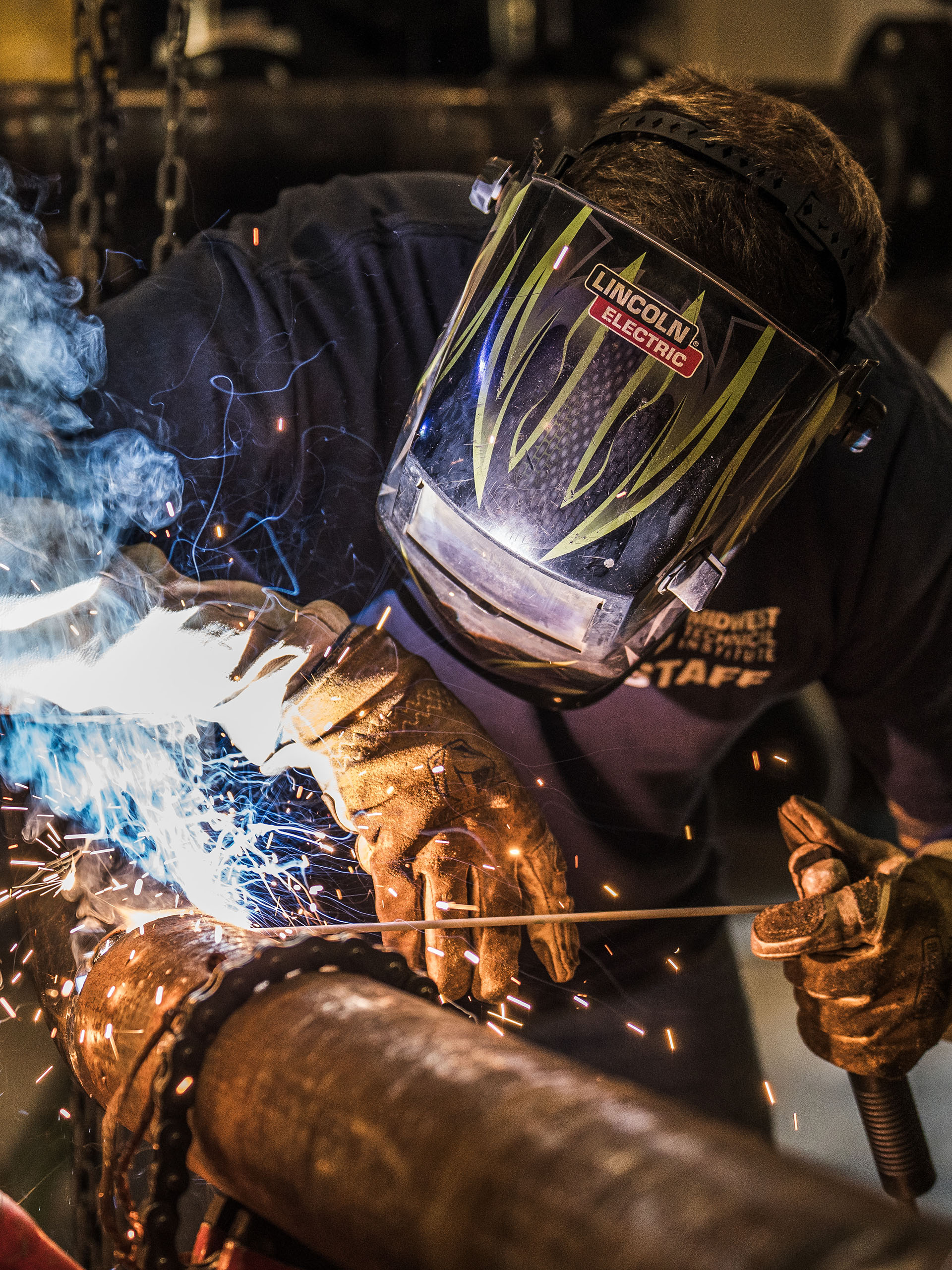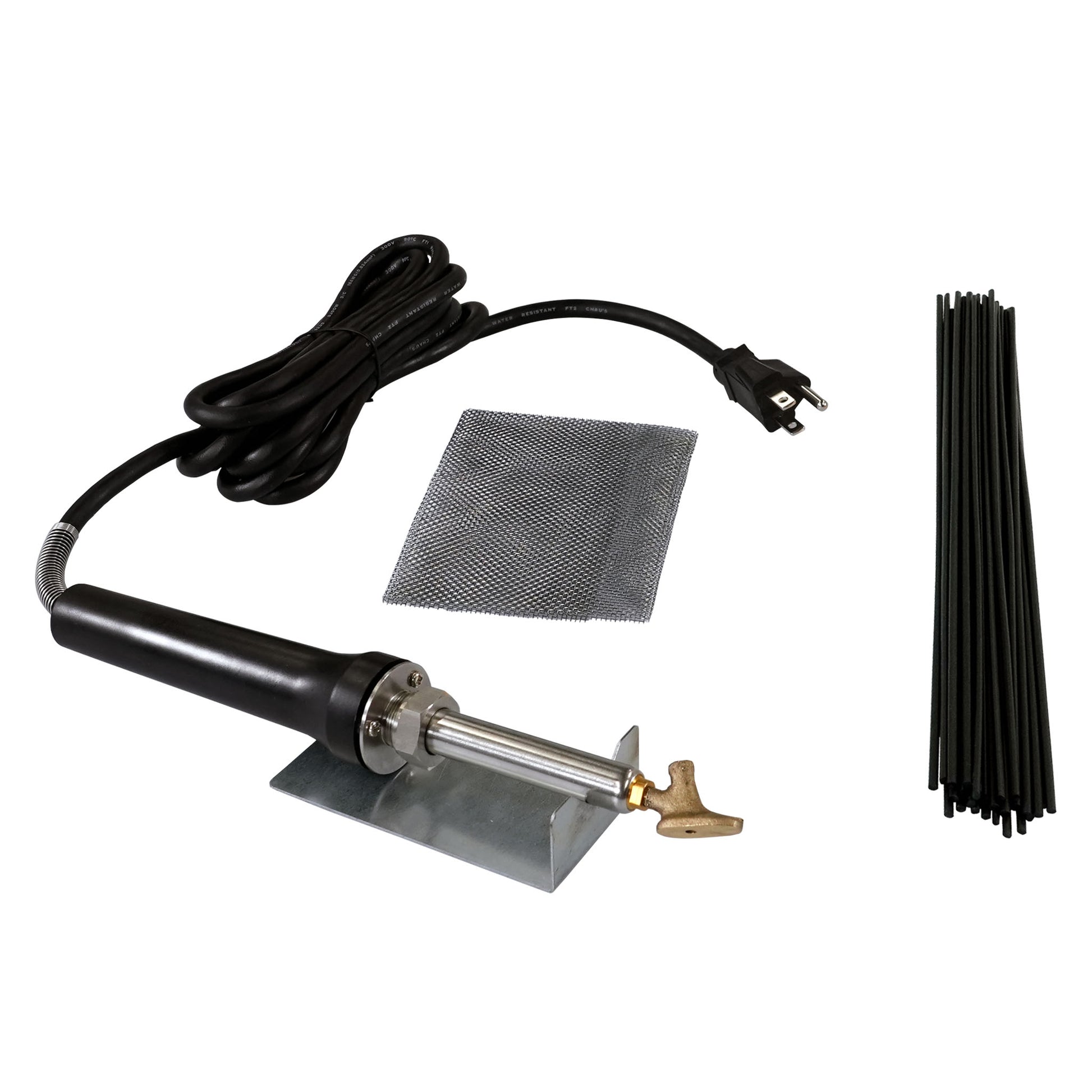Common Welding Repair Service Issues and Exactly How to Address Them Efficiently
Welding repairs typically encounter a series of concerns that can threaten the honesty of the end product. Typical issues consist of inadequate penetration, porosity, and misalignment, among others. Each problem presents special challenges that call for details approaches for resolution. Comprehending these concerns is essential for welders aiming to improve their skills and results. This conversation will explore these typical welding repair work concerns and effective methods to address them.
Inadequate Infiltration
Poor infiltration occurs when the weld steel falls short to completely fuse with the base material, resulting in weak joints and potential structural failings. This issue usually originates from not enough warmth input, wrong electrode angle, or incorrect welding speed. Welders might come across poor penetration as a result of a mistake of the needed parameters for a particular material density or type. In addition, contamination on the base material's surface area can prevent efficient bonding, worsening the trouble. To resolve poor infiltration, welders need to guarantee ideal settings on their equipment and preserve a tidy work surface area. Normal inspection of welds is recommended to determine any deficiencies early, permitting timely corrections and the prevention of jeopardized architectural honesty in bonded assemblies.
Porosity
Porosity is a common issue in welded joints that manifests as little gas bubbles trapped within the weld metal. This problem can endanger the honesty of the weld, bring about reduced stamina and prospective failing under tension. Montana Mobile Welding and Repair Belgrade Fabrication. Porosity generally emerges from contamination, dampness, or inappropriate welding methods, which allow gases to escape right into the liquified weld swimming pool. To resolve porosity, welders should guarantee correct surface area prep work, preserve a clean functioning atmosphere, and use appropriate welding specifications. Additionally, choosing the ideal filler material and shielding gas can alleviate gas entrapment. Normal examination and testing of welds can aid recognize porosity early, ensuring prompt rehabilitative actions are taken, thus maintaining the top quality and dependability of the welded structure
Imbalance
Misalignment in welding can develop from numerous factors, consisting of inappropriate configuration and thermal growth. Recognizing the source is essential for efficient resolution. A number of modification methods are available to realign parts and ensure structural integrity.
Causes of Misalignment
Welding imbalance often comes from a selection of underlying issues that can jeopardize architectural integrity. One key reason is improper fit-up of components before welding, which can lead to gaps and uneven surfaces. Variations in thermal expansion throughout the welding process can also result in distortion, especially if the products being joined have different coefficients of development. Additionally, insufficient fixturing and securing might fail to hold parts firmly in position, bring about motion during welding. Badly conserved devices, including welding machines and devices, may present variances in the weld grain, additional contributing to misalignment. Ultimately, operator mistake, coming from insufficient training or experience, can additionally play a substantial role in developing misaligned welds.
Modification Techniques Available
Attending to imbalance efficiently needs a mix of rehabilitative strategies tailored to the certain problems at hand. One typical technique is using jigs or fixtures to hold parts in the correct position throughout welding, ensuring consistent positioning. Furthermore, preheating the materials can help in reducing distortion and boost fit-up. For considerable imbalance, mechanical realignment methods, such as using hydraulic jacks or clamps, can be employed to correct the setting prior to welding. Post-weld warm treatment may additionally be essential to soothe stress and anxieties created by misalignment. Ultimately, careful inspection and modification throughout the arrangement phase can protect against misalignment concerns from becoming significant troubles, advertising a smoother welding process and improving general structural honesty.
Distortion
Distortion is an usual difficulty in welding that can arise from different factors, including uneven home heating and cooling. Understanding the sources of distortion is necessary for applying efficient prevention strategies. Resolving this problem not only enhances architectural honesty yet likewise boosts the general top quality of the weld.
Sources of Distortion
When subjected to the extreme warm of welding, materials frequently undertake changes that can lead to distortion. This sensation largely develops from thermal development and tightening throughout the welding procedure. As the weld area heats up, the product increases; upon cooling, it contracts, which can produce internal stress and anxieties. In enhancement, uneven heating across a workpiece can aggravate these stress and anxieties, leading to warping or bending. The sort of product also plays a substantial function; steels with differing thermal conductivity and coefficients of growth may react in a different way, resulting in unpredictable distortions. Inadequate joint layout and poor fixturing can contribute to imbalance throughout welding, enhancing the chance of distortion. Understanding these reasons is anonymous important for efficient welding fixing and prevention approaches.
Avoidance Techniques
Reliable avoidance techniques for distortion during welding concentrate on controlling warmth input and making sure proper joint layout. Keeping a regular heat input assists to reduce thermal development and contraction, which can result in distortion. Using strategies such as preheating the work surface can also lower the temperature slope, advertising uniform heating. Furthermore, selecting ideal joint styles, such as T-joints or lap joints, can improve security and minimize stress focus. Implementing proper fixturing to secure the workpieces in position additionally aids in maintaining placement during the welding procedure. Staggered welding sequences can distribute warm much more evenly, stopping local distortion. By using these methods, welders can substantially lower the chance of distortion and boost the general high quality of their welds.
Cracking
Breaking is a typical issue experienced in welding repair services, typically resulting from various variables such as inappropriate air conditioning prices, material selection, or inadequate joint prep work. The event of cracks can considerably endanger the stability of the weld, bring about potential failures throughout procedure. To resolve this issue, welders should first evaluate the origin, making sure that products work and suitably picked for the details application. In addition, managing the cooling price during the welding procedure is crucial; fast cooling can induce stress and anxiety and bring about cracking. Correct joint style and prep work additionally add to minimizing the threat. Executing these techniques can improve weld top quality and durability, inevitably decreasing the chance of splitting in finished weldments.

Insufficient Fusion
A considerable concern in welding repairs is incomplete combination, which happens when the weld metal does not effectively bond with the base material or previous weld passes - Montana Mobile Welding and Repair Belgrade Welding. This defect can lead to weaknesses in the joint, possibly jeopardizing the stability of the welded structure. Aspects contributing to incomplete fusion consist of inadequate heat input, improper welding method, and contamination of the surface areas being joined. To address this concern successfully, welders ought to ensure appropriate pre-weld cleaning and surface prep work, in addition to readjust their welding parameters to achieve ample penetration and combination. Regular evaluation throughout the welding process can also aid determine incomplete blend early, enabling prompt restorative measures to improve the overall top quality of the weld
Overheating
While welding repairs can boost architectural stability, overheating offers a considerable obstacle that can cause product degradation. Too much warm throughout welding can modify the mechanical homes of steels, leading to lowered stamina, enhanced brittleness, and warping. This phenomenon is particularly vital in high-stress applications where structural dependability is extremely important. Recognizing getting too rossi welders hot can include visual evaluations for discoloration or distortion, as well as checking temperature throughout the welding process. To alleviate the threats associated with overheating, welders should use suitable methods, such as managing warmth input, changing traveling why not check here rate, and using appropriate filler materials. In addition, applying pre- and post-weld heat therapies can help recover material buildings and improve the total top quality of the repair work, guaranteeing long-term efficiency and safety and security.
Often Asked Inquiries
What Are the Common Indications of a Welding Flaw?

Just How Can I Evaluate My Welds for Quality?
To test welds for high quality, one can use aesthetic inspections, ultrasonic screening, and radiographic techniques. Each strategy guarantees architectural honesty, identifies problems, and validates adherence to defined standards, inevitably enhancing the dependability of the welded joints.
What Safety and security Preventative Measures Should I Take While Welding?
When welding, one should prioritize safety and security by using ideal individual safety equipment, guaranteeing appropriate air flow, safeguarding combustible products away, keeping a clean work space, and knowing surroundings to avoid mishaps and injuries.
Can I Repair a Weld Without Remodeling the Entire Joint?
Repairing a weld without remodeling the entire joint is possible, relying on the damages (Montana Mobile Welding and Repair Welding). Methods such as grinding, including filler product, or making use of a welding process can properly attend to particular flaws while maintaining the surrounding structure
What Equipment Are Vital for Reliable Welding Repairs?
Important devices for efficient welding repair work consist of a welding maker, wire brush, grinder, safety equipment, clamps, and filler products. Each device plays an important function in guaranteeing top quality and safety and security during the repair service process. Porosity commonly arises from contamination, moisture, or inappropriate welding strategies, which enable gases to get away right into the liquified weld swimming pool. Inadequately conserved equipment, including welding devices and tools, might introduce inconsistencies in the weld bead, further adding to imbalance. When subjected to the intense heat of welding, materials frequently go through changes that can lead to distortion. Cracking is an usual concern encountered in welding fixings, often resulting from various elements such as incorrect cooling prices, material option, or poor joint preparation. A considerable concern in welding fixings is insufficient fusion, which occurs when the weld metal does not sufficiently bond with the base material or previous weld passes.